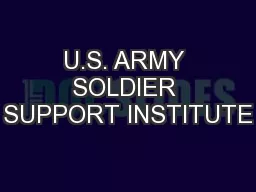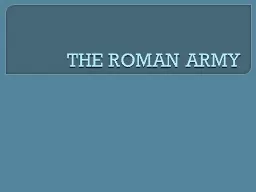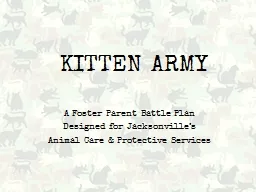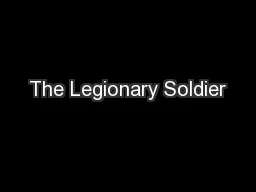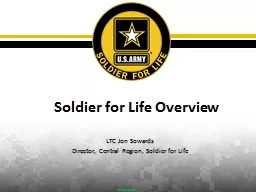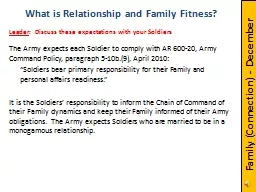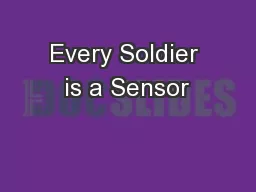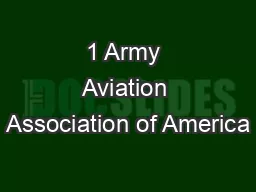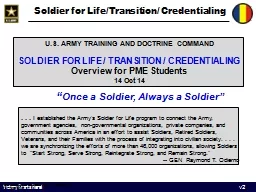PPT-U.S. ARMY SOLDIER SUPPORT INSTITUTE
Author : tatiana-dople | Published Date : 2018-09-30
NONCOMMISSIONED OFFICER ACADEMY Prepare a Budget Concrete Experience Scenario You have decided to buy a new car since your current car has been giving you problems
Presentation Embed Code
Download Presentation
Download Presentation The PPT/PDF document "U.S. ARMY SOLDIER SUPPORT INSTITUTE" is the property of its rightful owner. Permission is granted to download and print the materials on this website for personal, non-commercial use only, and to display it on your personal computer provided you do not modify the materials and that you retain all copyright notices contained in the materials. By downloading content from our website, you accept the terms of this agreement.
U.S. ARMY SOLDIER SUPPORT INSTITUTE: Transcript
Download Rules Of Document
"U.S. ARMY SOLDIER SUPPORT INSTITUTE"The content belongs to its owner. You may download and print it for personal use, without modification, and keep all copyright notices. By downloading, you agree to these terms.
Related Documents

